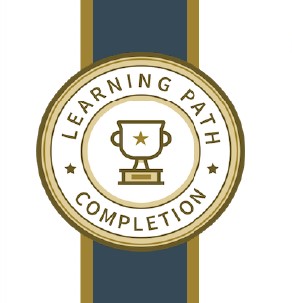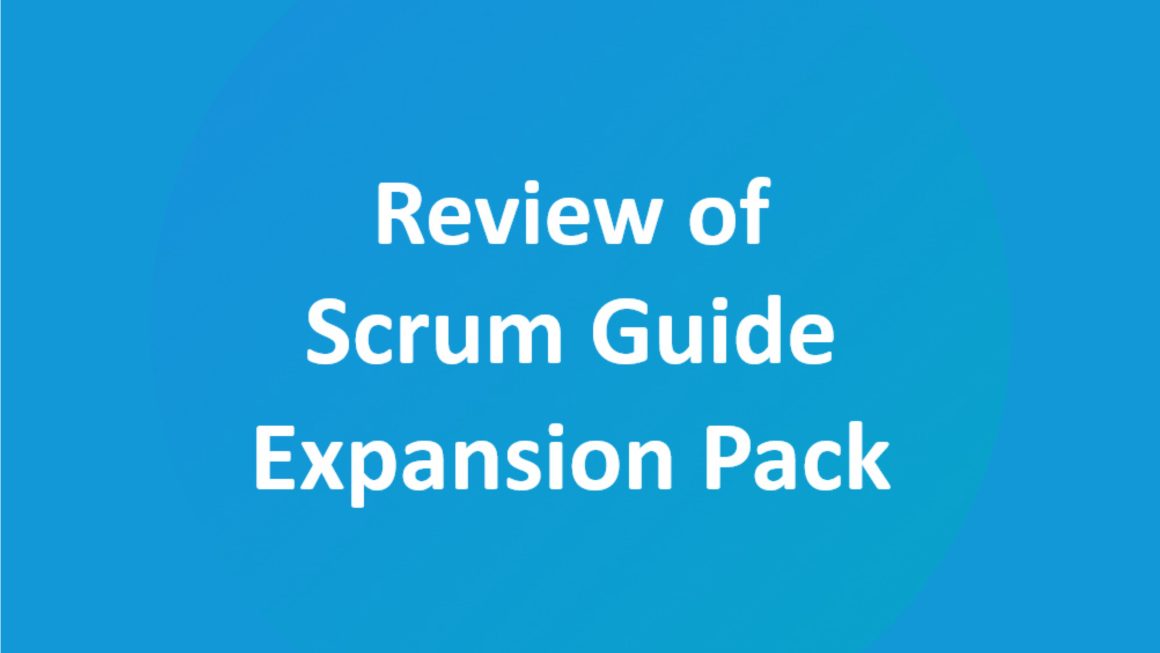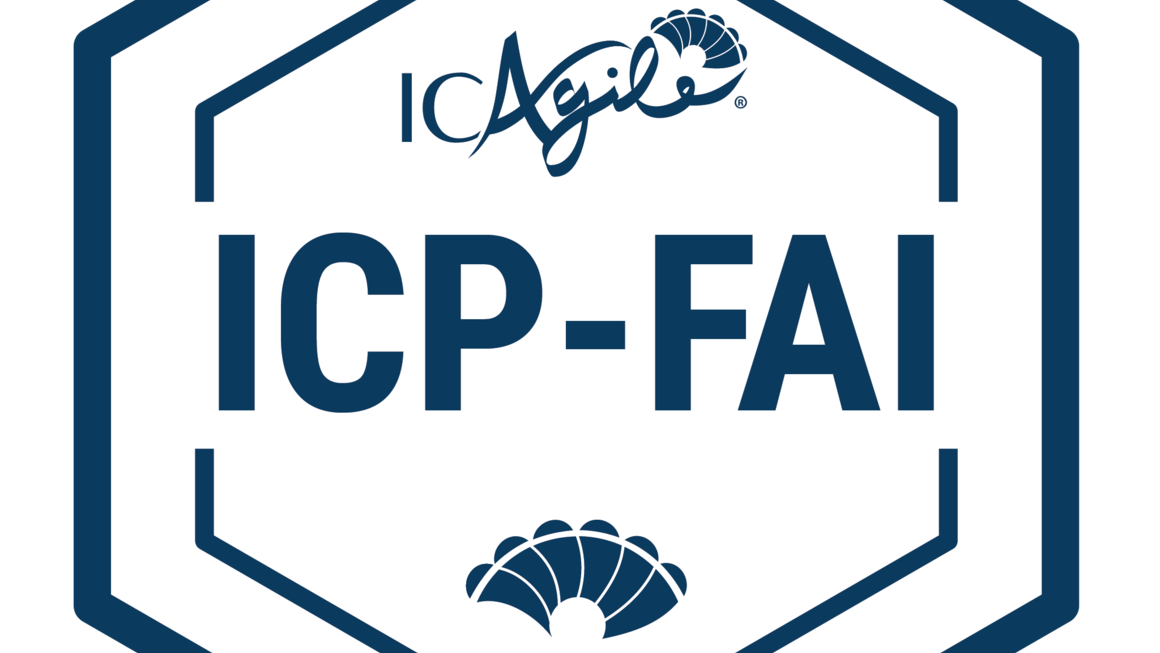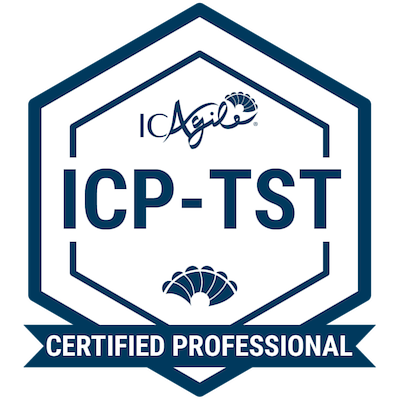My way as a Software QA Tester continuous. The next goal is ISTQB certification. To reach it I have gone through all 12 steps of the Learning Path “Become a Software Tester” at LinkedIn Learning and I am so excited to share my achievement with you. It was an unforgettable journey, during which I learned technical skills and tools to optimize testing, explored the foundations of software quality assurance and the processes that software teams use to ensure quality.

I would like to thank all instructors for their inspiring courses and sharing their knowledge and experience: Meaghan Lewis, Dave Westerveld, Robin Beck, Ash Coleman, Peggy Fisher, Aaron Dolberg. I saved all the tips and other materials which will come in handy for me at work. Thank you very much!

The first course was “Programming Foundations”: Software Testing/QA by Meaghan Lewis. She demonstrated the different kinds of testing QA focuses on and how QA fits into the software development life cycle.
The second course was “Test Automation Foundations” by Meaghan Lewis. It covered the foundations of test automation, as well as different strategies for implementation.I got the general understanding what kinds of tests to use, how to choose the right test tools, and how to plan and execute test automation projects.
The third course was ”API Testing Foundations” by Dave Westerveld. The course is very interesting and I liked it very much. It covered the basics of API testing and Dave explained how to work with several robust tools for testing APIs at scale in an organization. While studying you have some challenges, prepared by Dave. It means that you’re not only watching and listening, but you also have some practice. Dave gives the tasks to solve and then he shows the solutions with detailed explanation.
I highly recommend this course for those who is eager to understand what API testing is.
The fourth course was “Behavior-Driven Development” by Robin Beck. What is Behavior-Driven Development or BDD? Do you know? I found the answer in this course. I learned the basics of behavior-driven development: how it fits in an agile workflow, how to drive BDD process within a team. Robin provided a lot of different examples and explains the basics of using popular BDD frameworks like Cucumber.
The fifth course was “Agile Testing” by Ash Coleman. In this course Ash helped to boost the understanding of the role and methods of software testers, as well as how testing can enhance the agile workflow.
The sixth course was “Learning Selenium” by Meaghan Lewis. Megan explained in detail and with examples how to install Selenium, basic use cases, how to set up the test-writing framework, WebDriver and Selenium Grid, which allows to distribute the testing load and run tests against a remote server.
The seventh course was “Selenium Essential Training” by Meaghan Lewis. I learned the fundamentals of Selenium. And not only. Meghan gave examples and ways how to get the most out of WebDriver, told about the mechanics of advanced locators and interacting with components and many other useful tips.
The eighth course was “JMeter: Performance and Load Testing” by Mike Smith. During this course I got acquainted with Apache JMeter – an Apache project that can be used as a load testing tool for analyzing and measuring the performance of a variety of services, with a focus on web applications. Mike explained how to install, how to create and to run the test, how to review the result and many other useful things.
The ninth course was “Scripting For Testers” by Dave Westerveld. Dave’s lessons rely on simple Python-based scripts as well as popular testing tools such as Google Sheets and Selenium WebDriver.
The tenth was “Java: Testing with JUnit” by Peggy Fisher. Peggy explained what JUnit is, how to create basic unit tests, how to conduct a variety of tests, including exception handling and parameterized tests, and many other interesting and useful things.
The eleventh course was ”API Test Automation with SoapUI” by Dave Westerveld. SoapUI is one of the powerful and mature tools used by companies around the world.
And the short course was “Insights on Software Quality Engineering” by Aaron Dolberg.
It goes without saying, I’m going to improve my professional skills. My next challenge is ISTQB. Now it can be taken online. Has anyone of you already passed it? What’s your impressions? Please share your experience, I’d be very glad.




